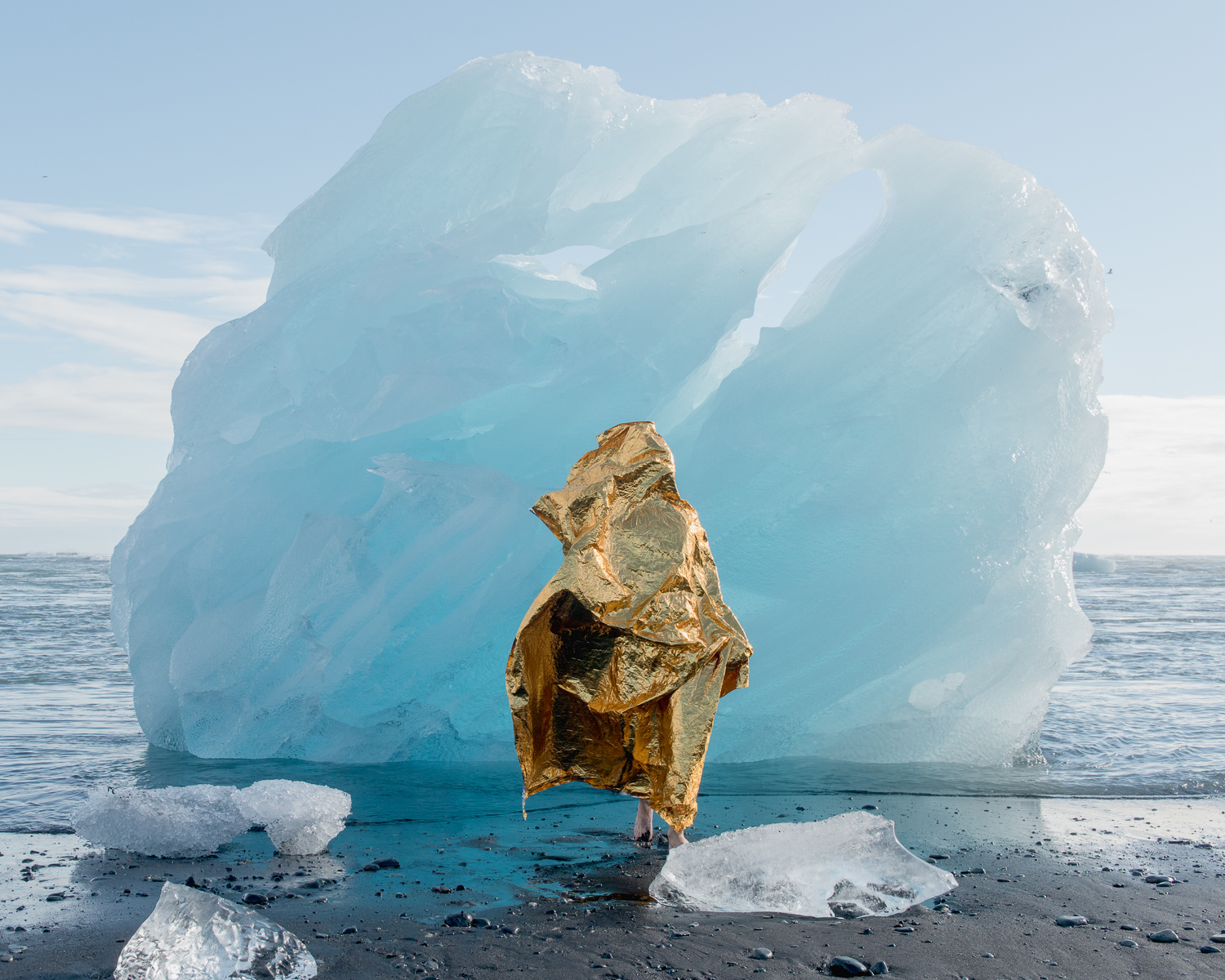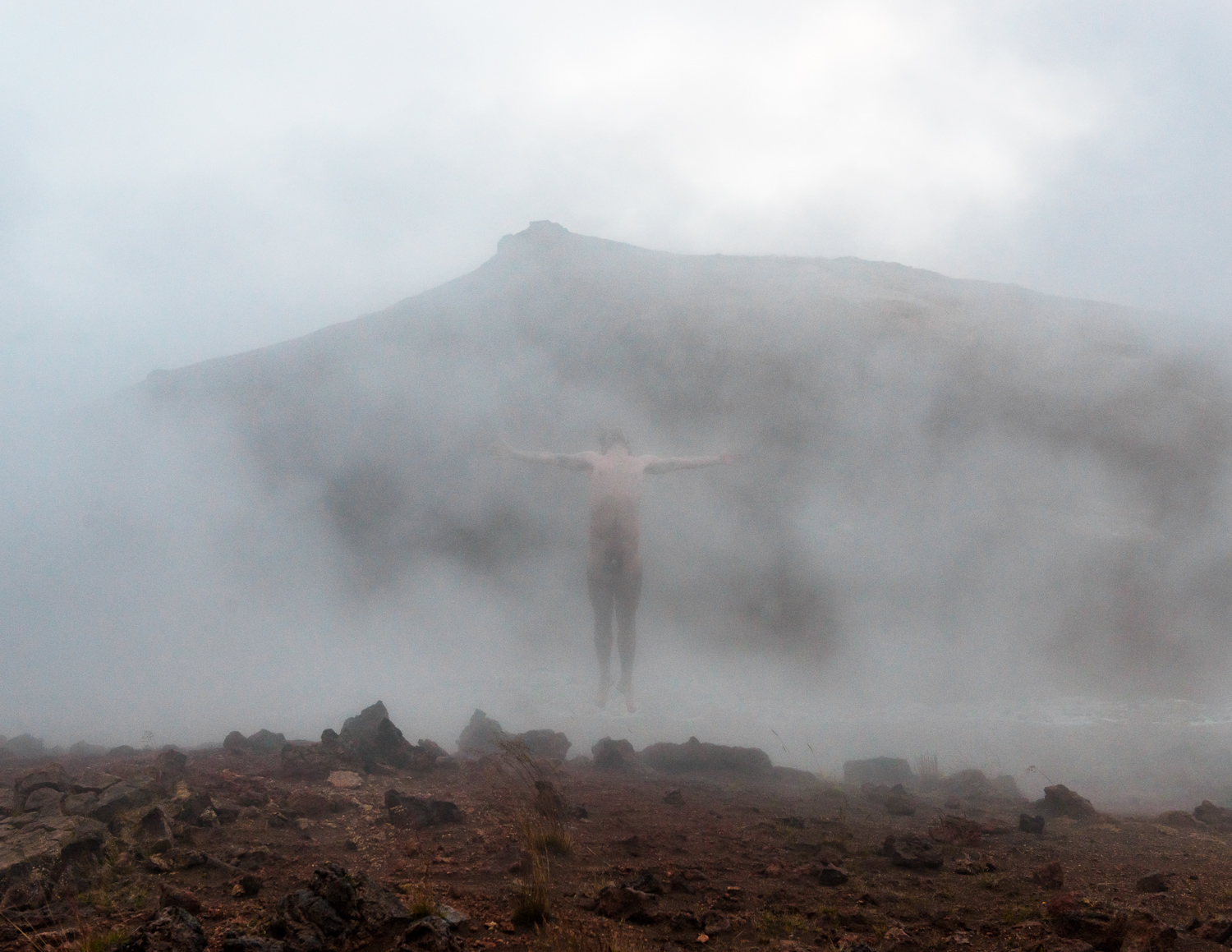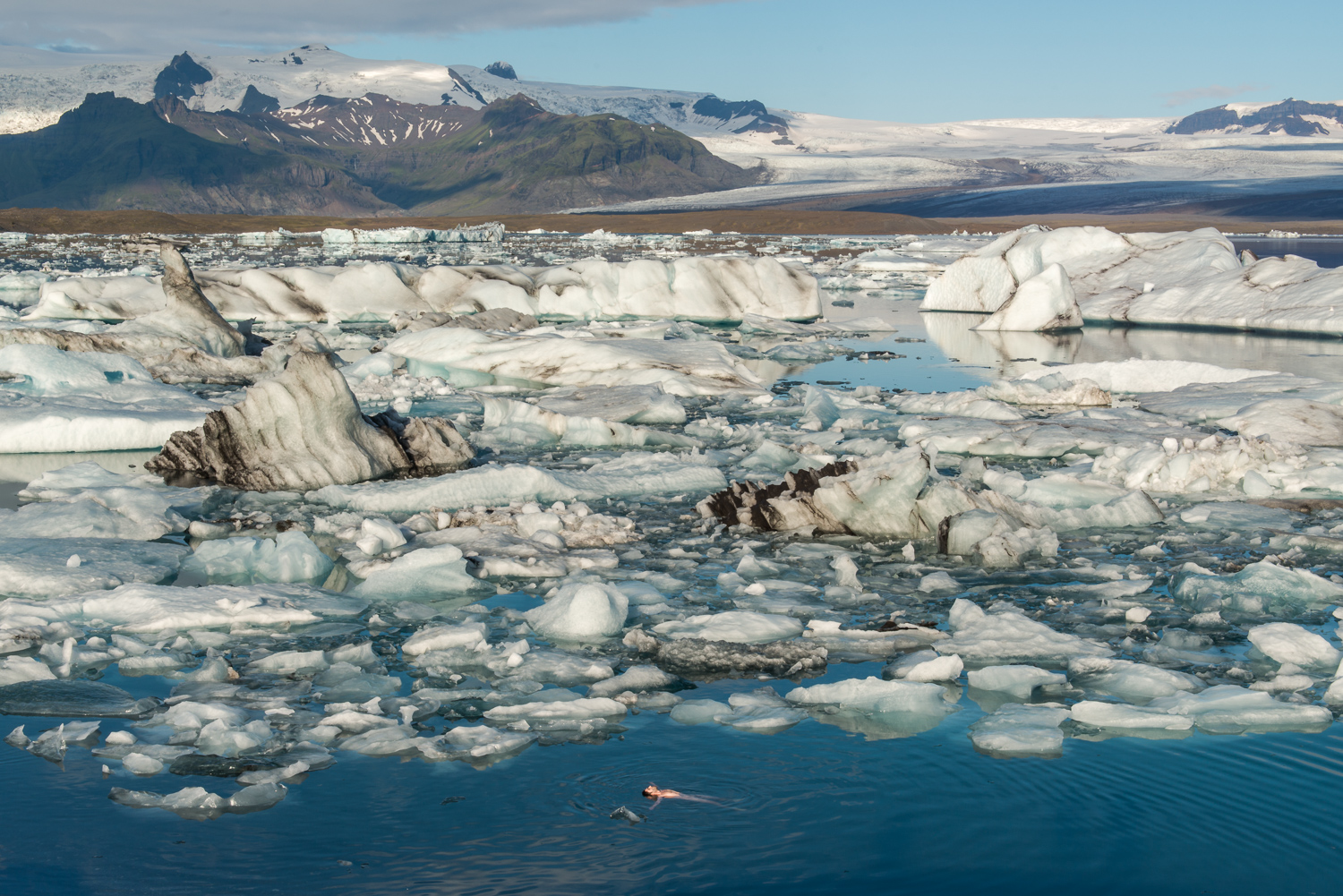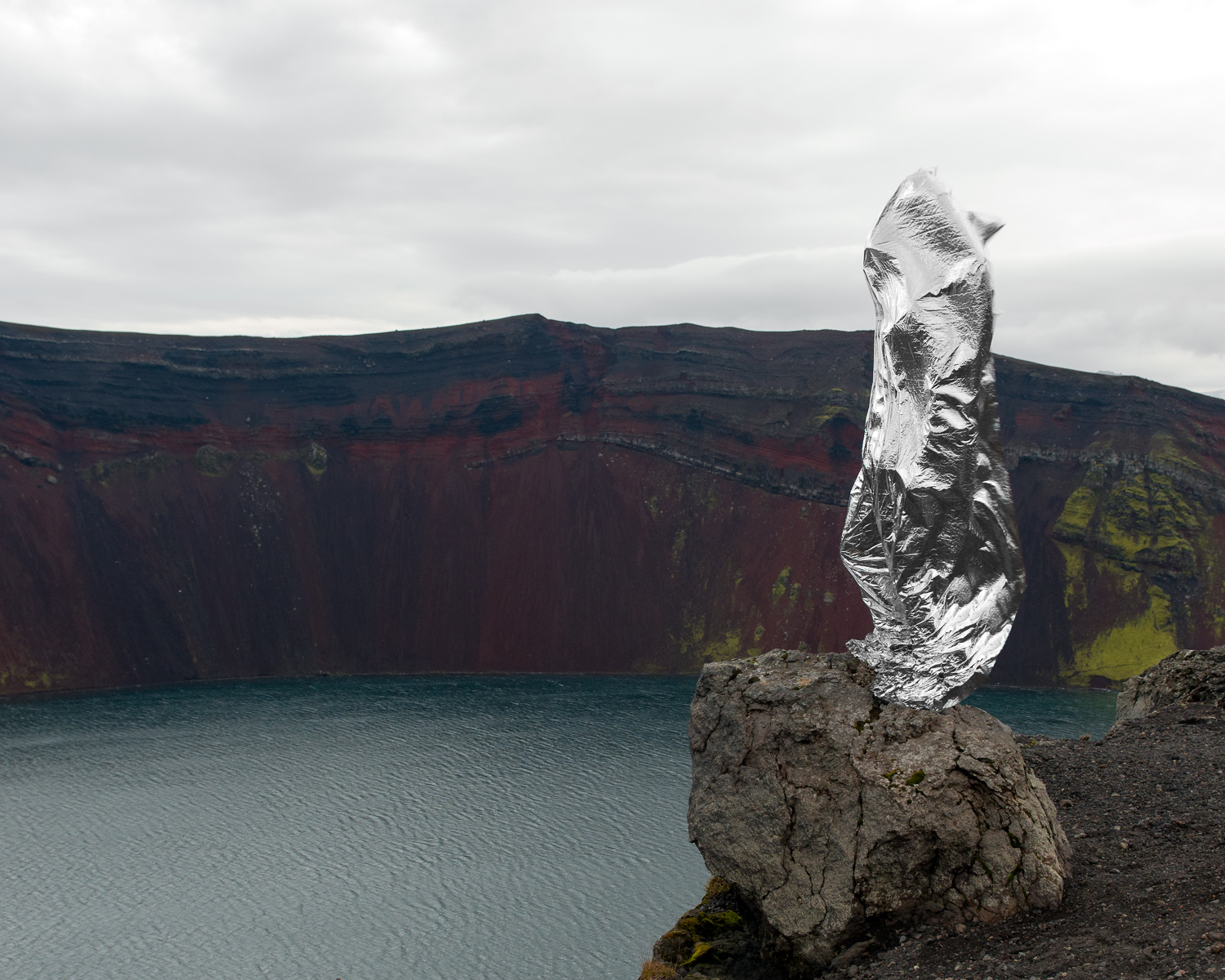







Reflect Reflex
Reflect Reflex was taken in 2014 and is the culmination––and possibly the end––of over six years of nude self portraits in various natural and manmade locations around the world. It is also the only series within this project that attempts to manifest a visual representation of the two, differing yet hard to separate, sensations of depersonalization and derealization. These two concepts are defined as “dissociative disorders” that cause the experience of being detached from one’s body or mental processes. I have dealt these experiences since very early on in my life and I’ve always viewed them as a more formative element as opposed to a “disorder”. In fact, I wasn’t even aware that they existed as medical terminology. Meanwhile outside of western thought, these feelings are something to be sought after through spiritual and/or cultural methods. It is this stark contrast in the ways in which different cultures understand and relate to different states of consciousness that is of crucial interest to me.
These years of work were an exploration of finding oneself in an unfamiliar space, both physically and mentally, and attempting to find a connecting point in which to appreciate and accept that unfamiliarity, that bewilderment, and learn from it. It was also an objection to the idea of what was viewed as an accepted image: a departure from the touristic photograph, the newly coined #selfie, the landscape photograph, and the main stream image. In an attempt to make sense of my surroundings and drawing from my performance background, I felt the best way to do so was to undress, compose, and insert myself into these scenes. My continuing motivation for solving this existential dilemma of why we exist and how to relate to our outer world soon became a search for answers to two currently unanswerable questions: what causes sentience or consciousness, and how that is made possible.
For this travel series created in Iceland, I wanted to combine the contrasting elements of the insertion of my physical self with the placement of abstracted versions of the body and the banishment of what I defined as “me” or “I” as it refers to my own individual consciousness. By covering my physical form in a man-made material that directly contradicted it’s surroundings, I would assume a more unconscious role in the photograph. This would prompt the idea of portraying, visually, my non-existence and something I’m currently calling “self-departure,” wherein I remove any recognizable parts of myself within the image and, later, by attempting to even more drastically remove myself from the image making process. This self-departure was the starting point of a reinvigorated conceptual direction and an extreme aesthetic shift that would come to inform my most current work.
